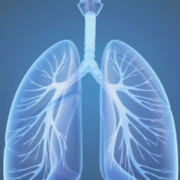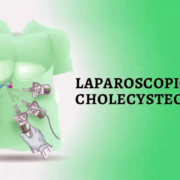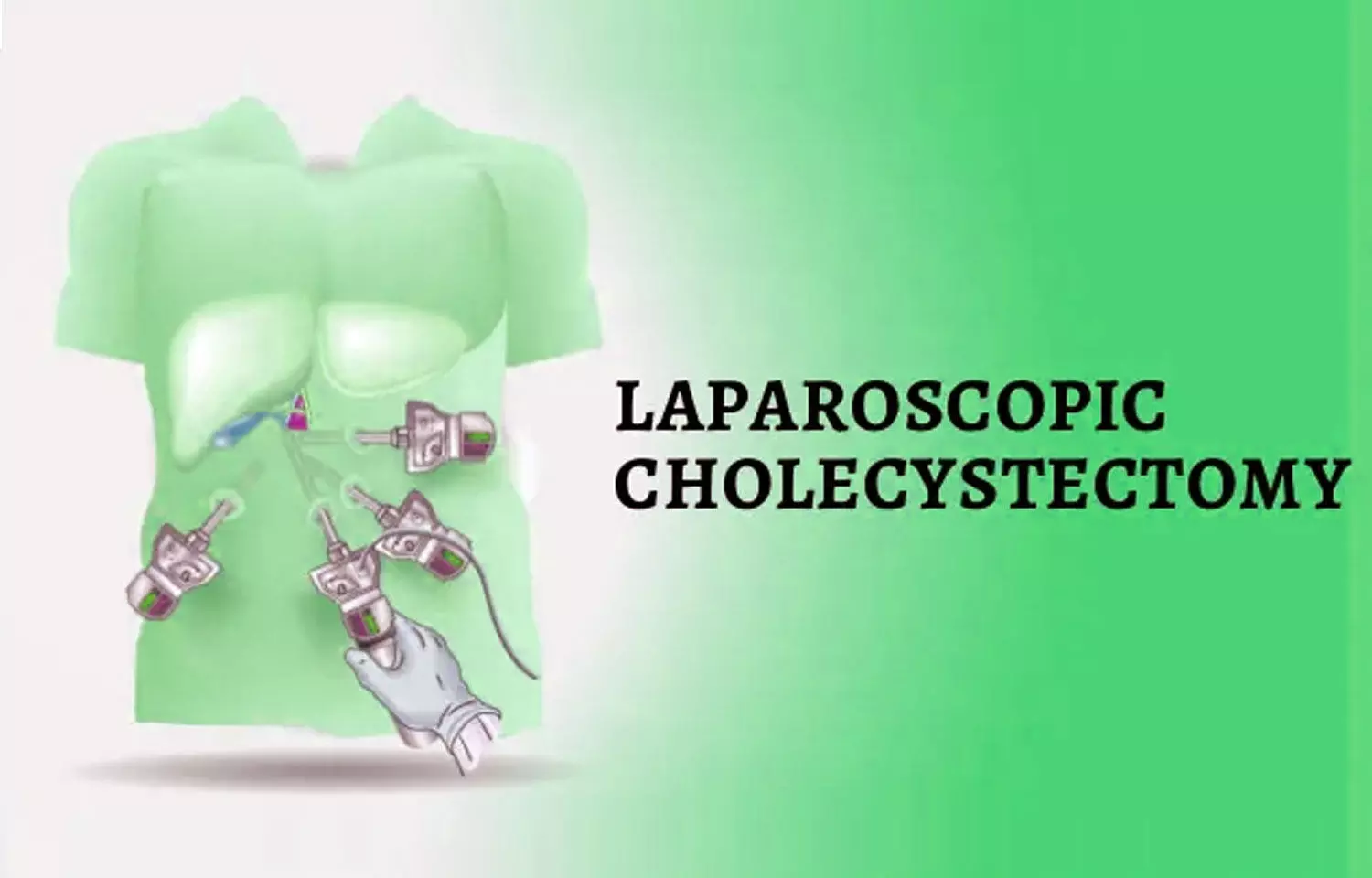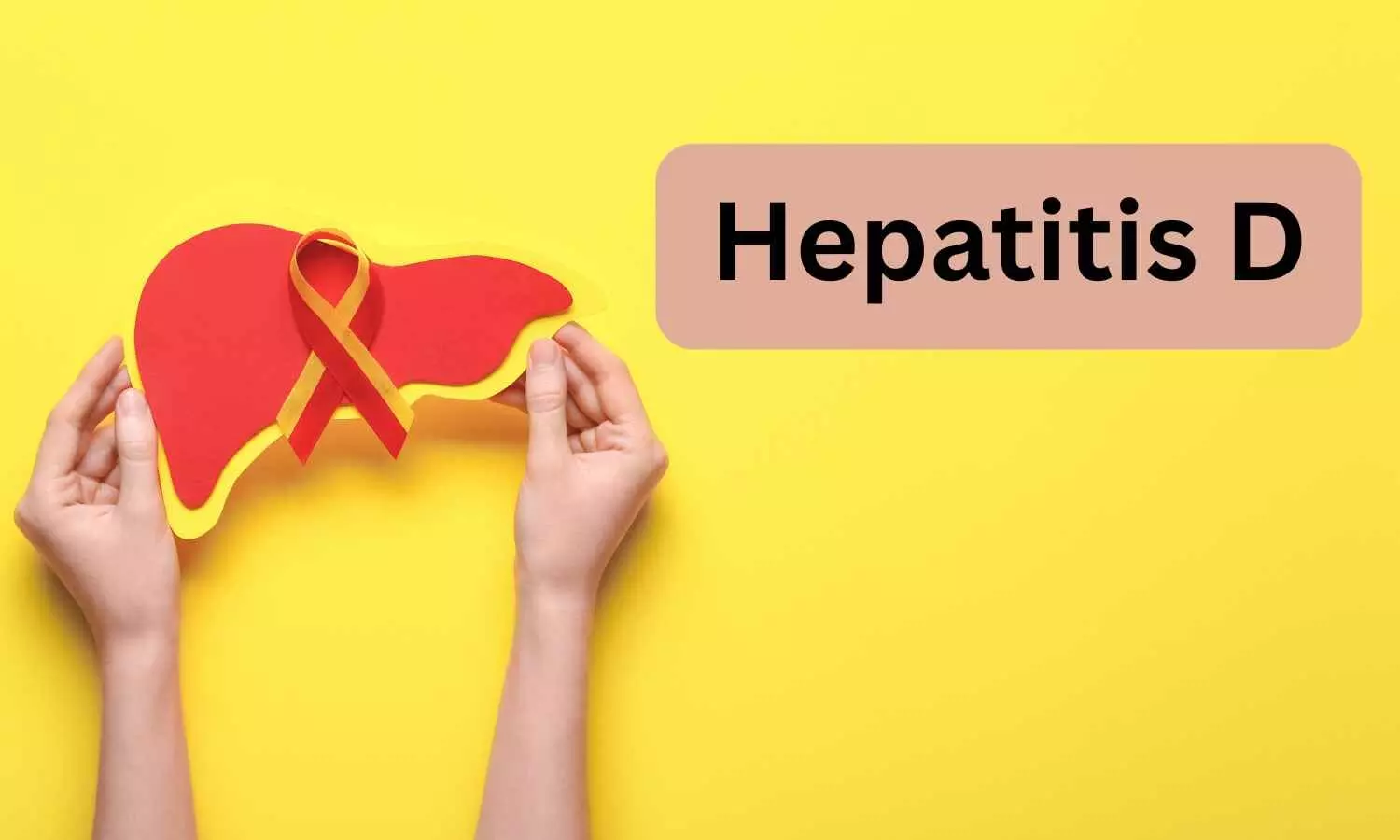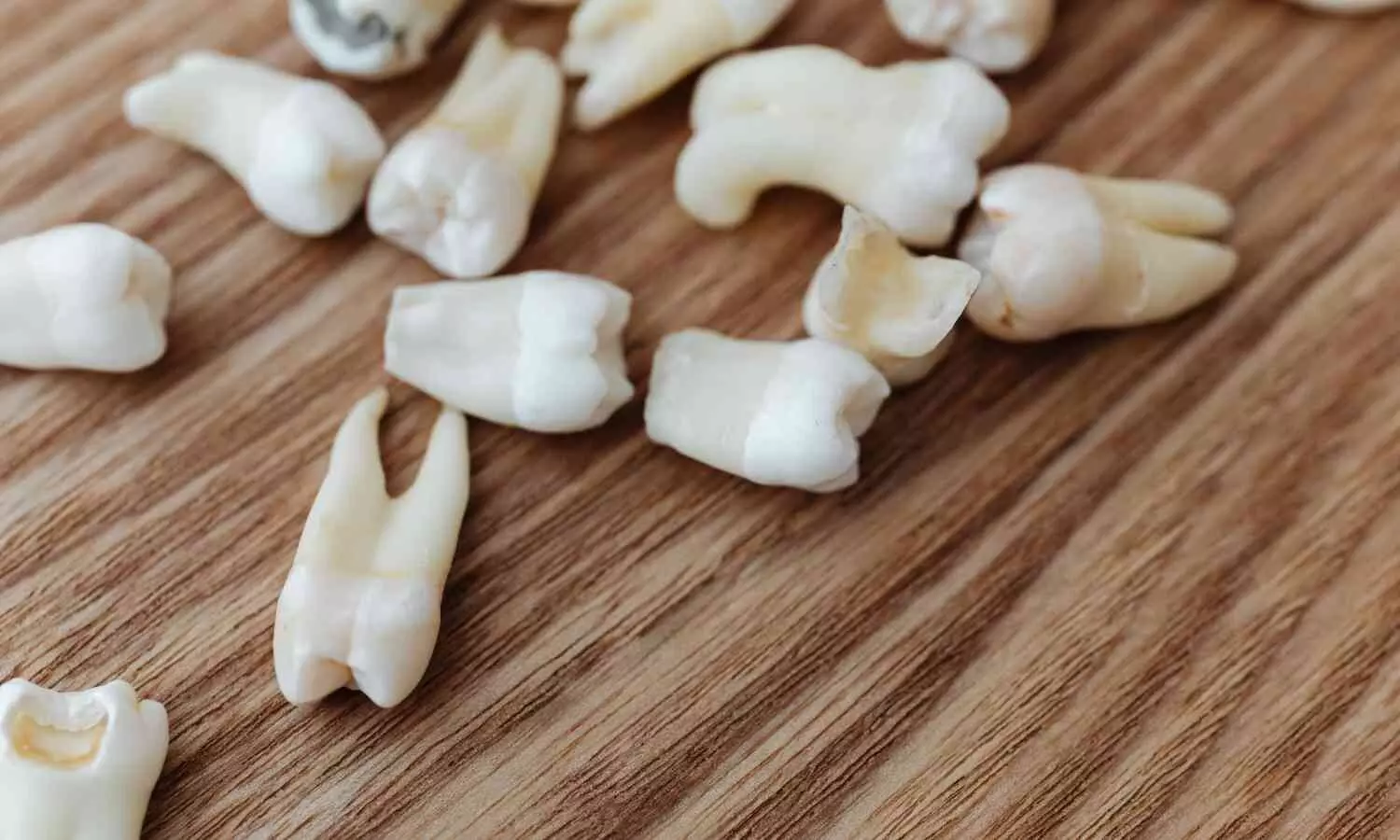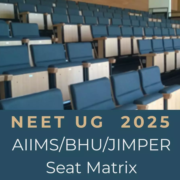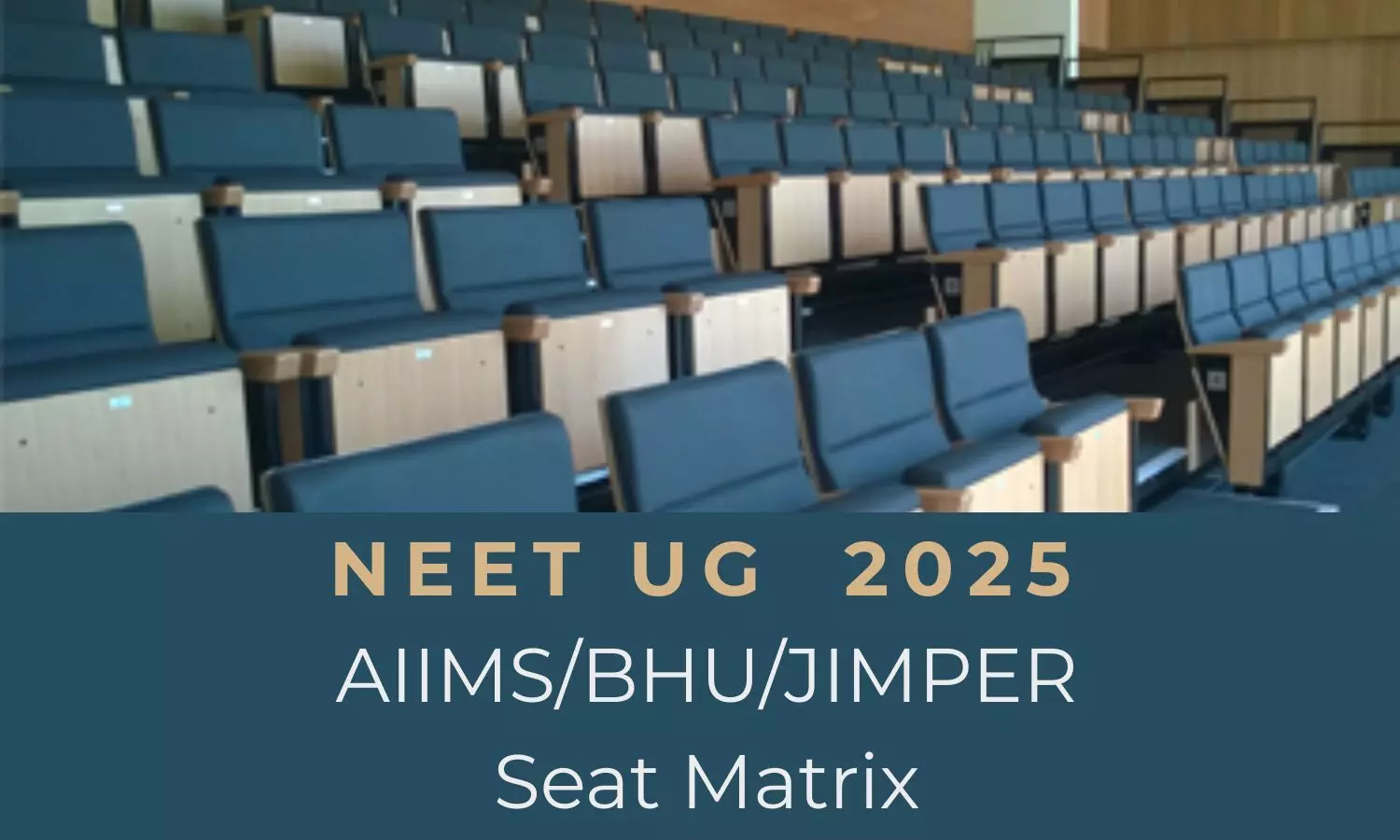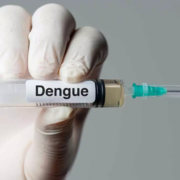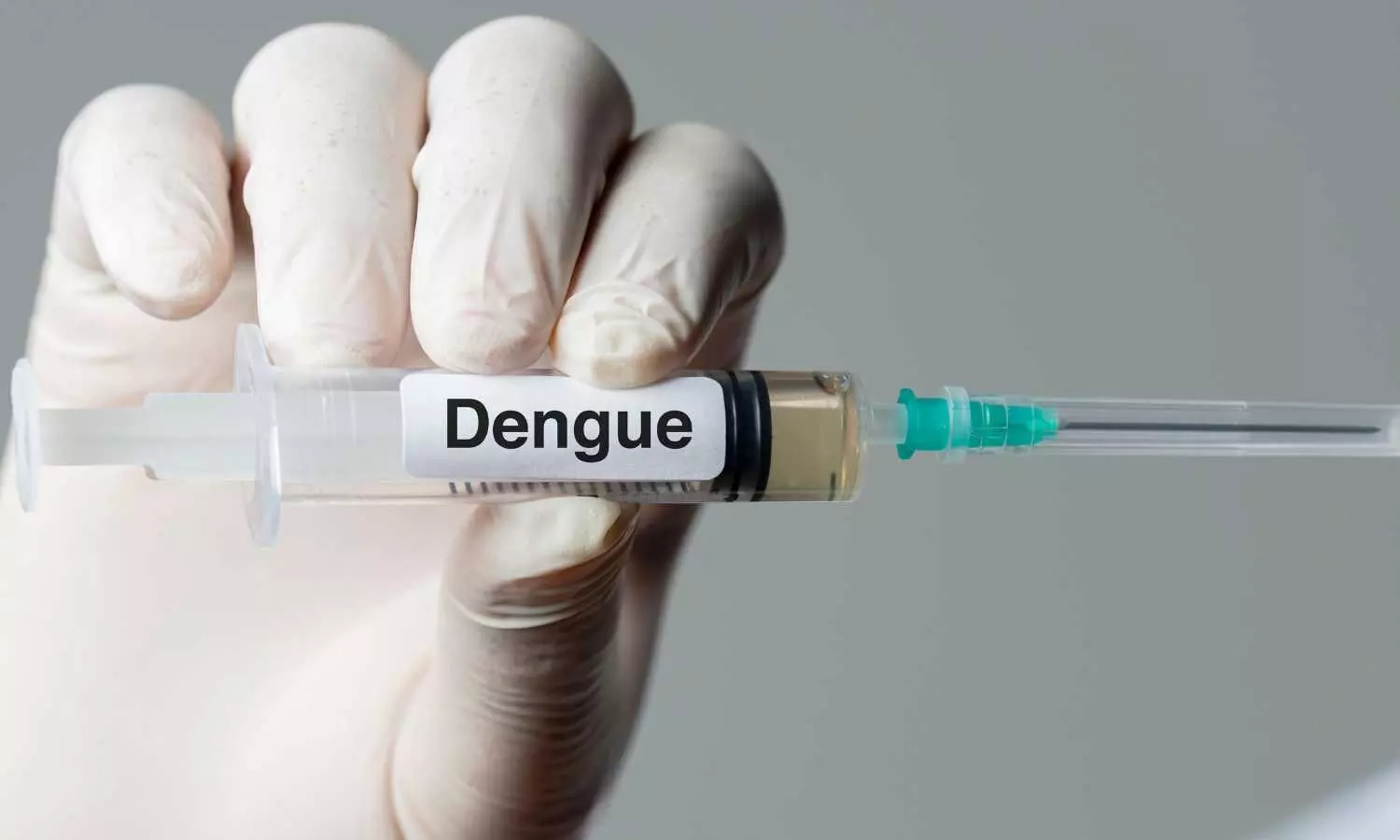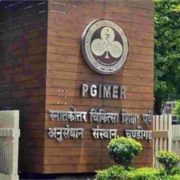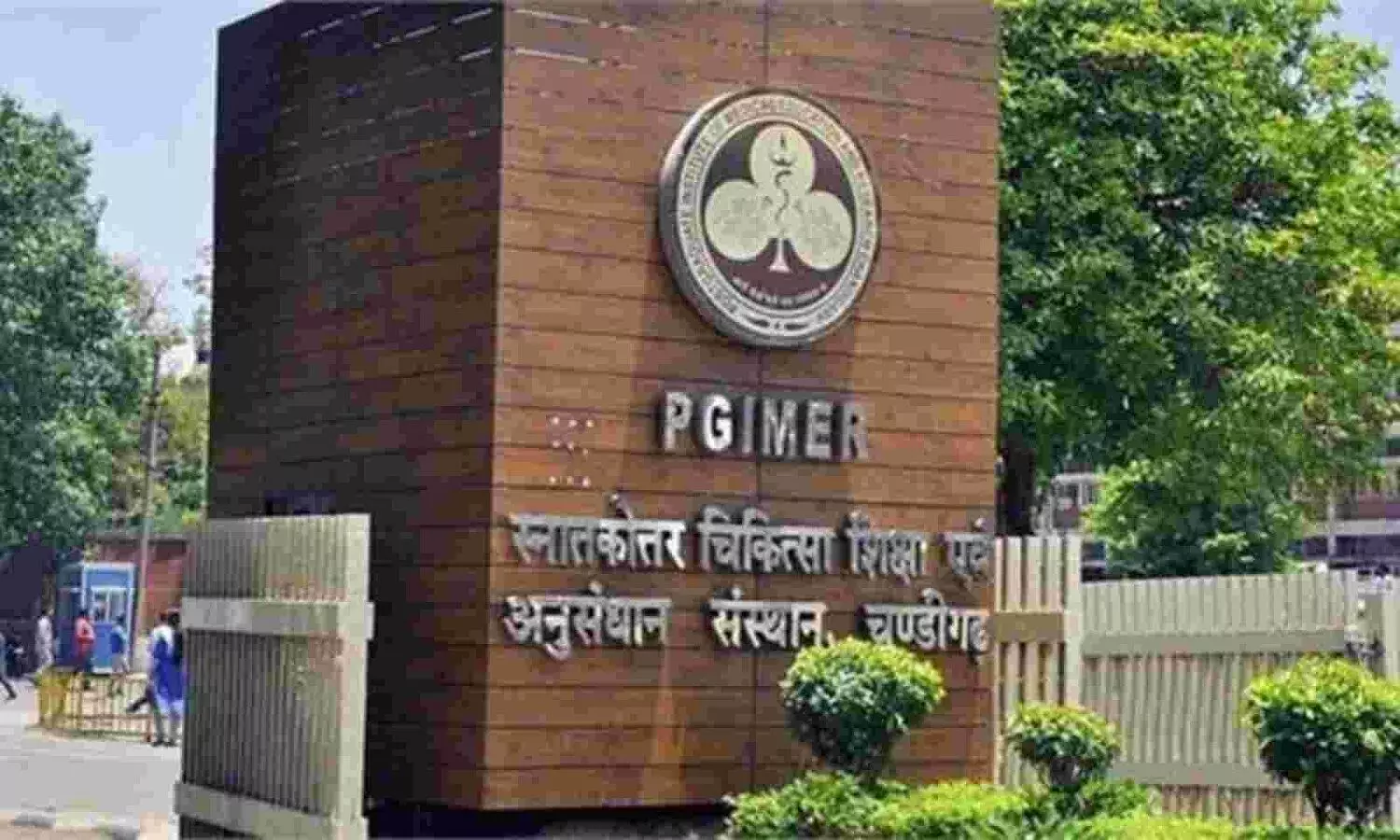Ampicillin-Sulbactam Outperforms Third-Generation Cephalosporins in Aspiration Pneumonia Outcomes: Study Finds
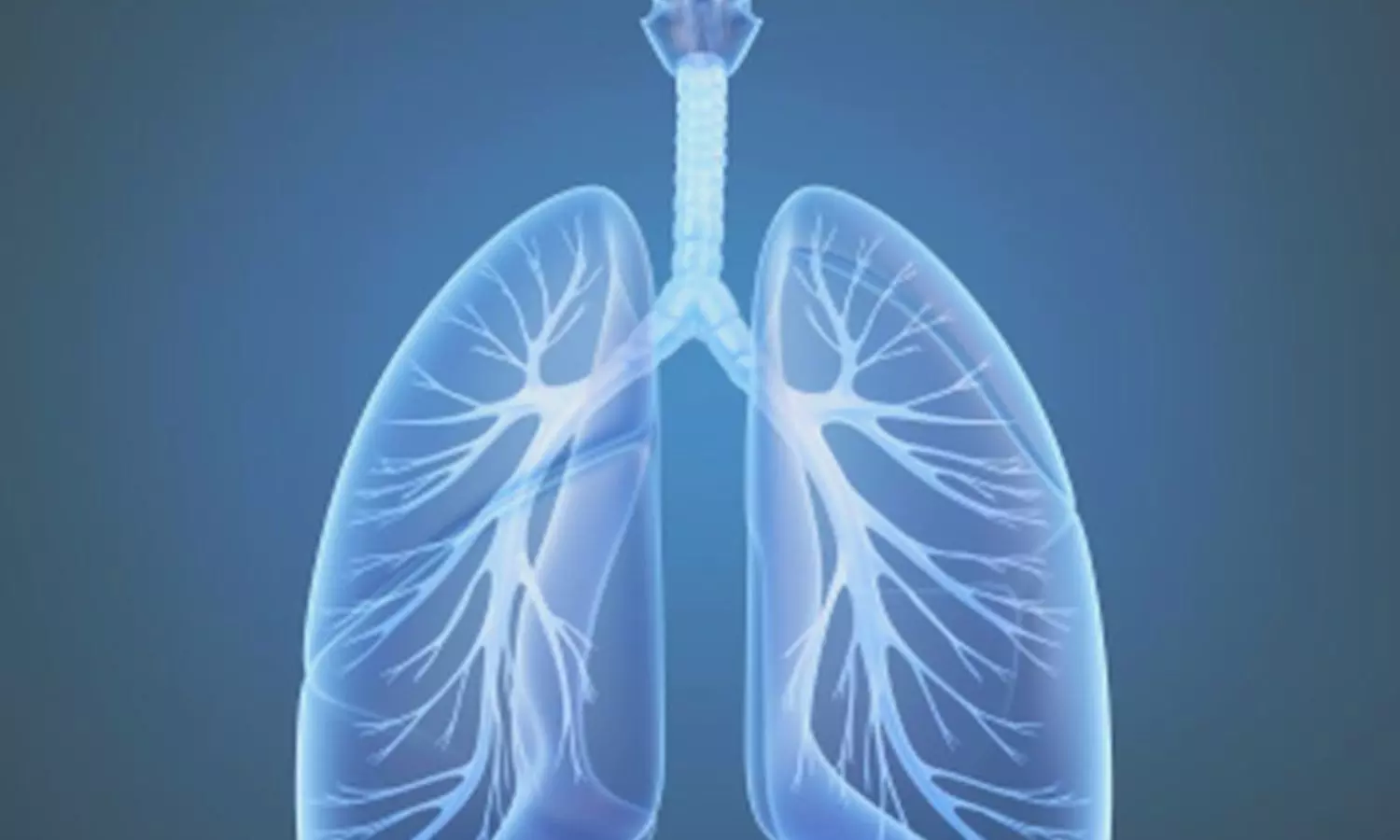
Japan: A large nationwide retrospective cohort study published in Respiratory Medicine has found that ampicillin-sulbactam may offer better outcomes than third-generation cephalosporins, such as ceftriaxone and cefotaxime, in the treatment of aspiration pneumonia. Conducted by Jumpei Taniguchi and colleagues from the Department of Clinical Epidemiology and Health Economics, School of Public Health, The University of Tokyo, the study assessed real-world data to compare the effectiveness of these commonly used antibiotics.
Using Japan’s Diagnosis Procedure Combination (DPC) inpatient database, researchers analyzed 548,972 patients diagnosed with aspiration pneumonia between July 2010 and March 2022. Of these, 424,446 received ampicillin-sulbactam, while 124,526 were treated with third-generation cephalosporins. Within the cephalosporin group, 97.7% received ceftriaxone and 2.3% cefotaxime. The mean treatment duration was 8.5 days for the ampicillin-sulbactam group and 7.9 days for those treated with cephalosporins.
The analysis revealed the following findings:
- Patients receiving ampicillin-sulbactam had a lower in-hospital mortality rate (14.6%) compared to those treated with third-generation cephalosporins (16.4%).
- The difference in mortality corresponded to a risk difference of −1.8%.
- The incidence of Clostridioides difficile infection was lower in the ampicillin-sulbactam group (2.0%) versus the cephalosporin group (2.8%).
- The difference in C. difficile infection rates showed a risk difference of −0.8%.
The findings suggest that ampicillin-sulbactam could be a more effective option for managing aspiration pneumonia, especially in reducing hospital mortality and preventing C. difficile infections, a major concern in hospitalized patients. The authors emphasized that these results support the importance of individualized antibiotic selection, taking into account the clinical context and potential risk factors for complications.
However, the study also acknowledged several limitations. Detailed clinical information, such as aspiration history, laboratory data, imaging findings, and microbiological cultures, was unavailable, which may have introduced heterogeneity in the patient population. The database also did not include long-term outcomes after hospital discharge. Additionally, the reasons for the initial choice of antibiotic therapy were not captured, making it difficult to fully understand prescribing patterns.
To ensure robustness, the researchers conducted multiple sensitivity analyses, including restricting the sample to patients requiring oxygen therapy, mechanical ventilation, or those aged 65 and older. These analyses consistently supported the main findings, reinforcing the observed benefit of ampicillin-sulbactam over third-generation cephalosporins.
“The study highlights the need for prospective trials with standardized diagnostic criteria and microbiological confirmation to validate these findings further. Until then, the evidence supports considering ampicillin-sulbactam as a first-line option for aspiration pneumonia, with antibiotic therapy tailored to patient-specific clinical factors to optimize outcomes,” the authors concluded.
Reference:
Taniguchi, J., Aso, S., Matsui, H., Fushimi, K., & Yasunaga, H. (2025). Ampicillin-sulbactam versus third-generation cephalosporins in aspiration Pneumonia: A nationwide retrospective cohort study. Respiratory Medicine, 247, 108276. https://doi.org/10.1016/j.rmed.2025.108276
Powered by WPeMatico

